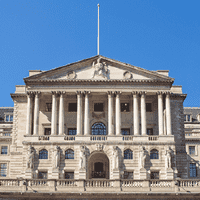According to the Nationwide, the average UK house price is only 18% above where it was 10 years ago. On an inflation-adjusted basis, the effect of the Global Financial Crisis means the average UK house price is 11% below its 2007 level.
This has occurred despite a prolonged period of abnormally low interest rates. In August 2007, the average interest rate for a new mortgage was 5.88%. Now, it stands at just 2.04%. Of course, house price averages are misleading.
The Savills Repeat Sales Index uses price-paid data from the Land Registry and Registers of Scotland. Across the country as a whole, it broadly concurs with the Nationwide figures. But it also shows wide regional and local variations in the nominal (non-inflation-adjusted) levels of house price growth reported below.
It suggests that prices in London have risen by 78% on average in the past 10 years. In the North East, though, they have fallen by 9%. The extremes are prices in Hackney, which have risen more than 120%, and Hartlepool, which have fallen by 24%. There is a north-south divide, but the picture is far more nuanced than that.
.jpg)
.jpg)

.png)
.png)